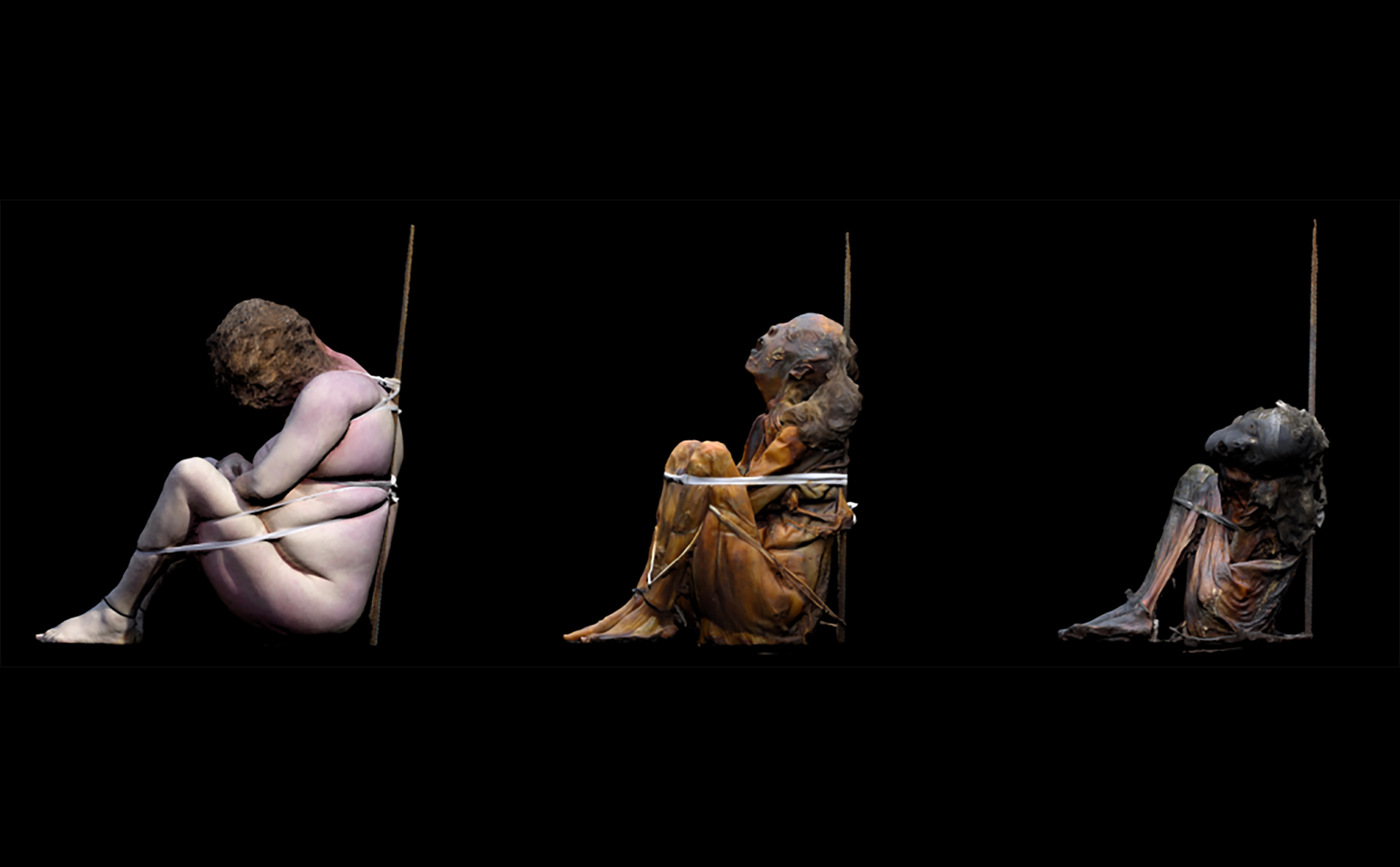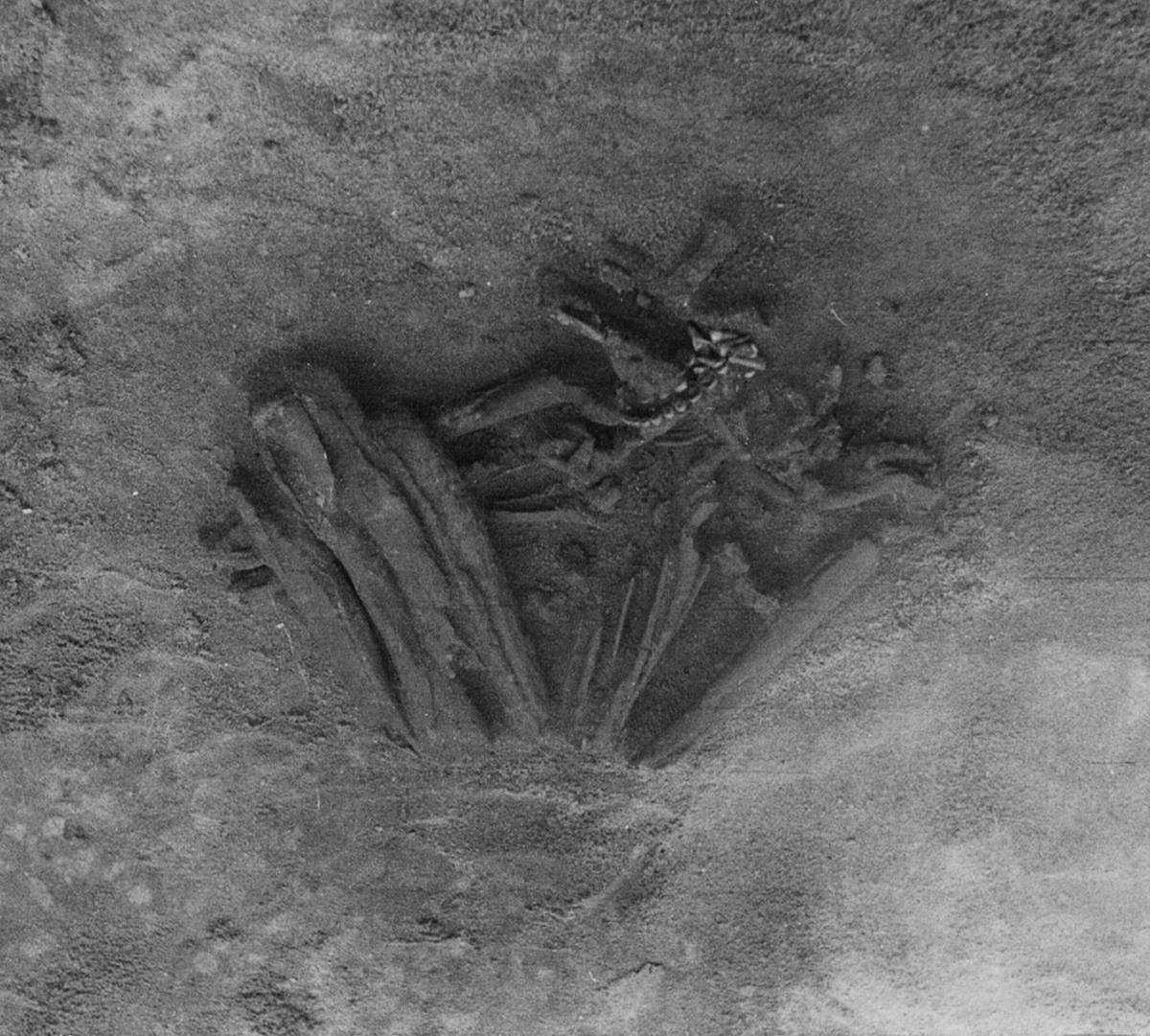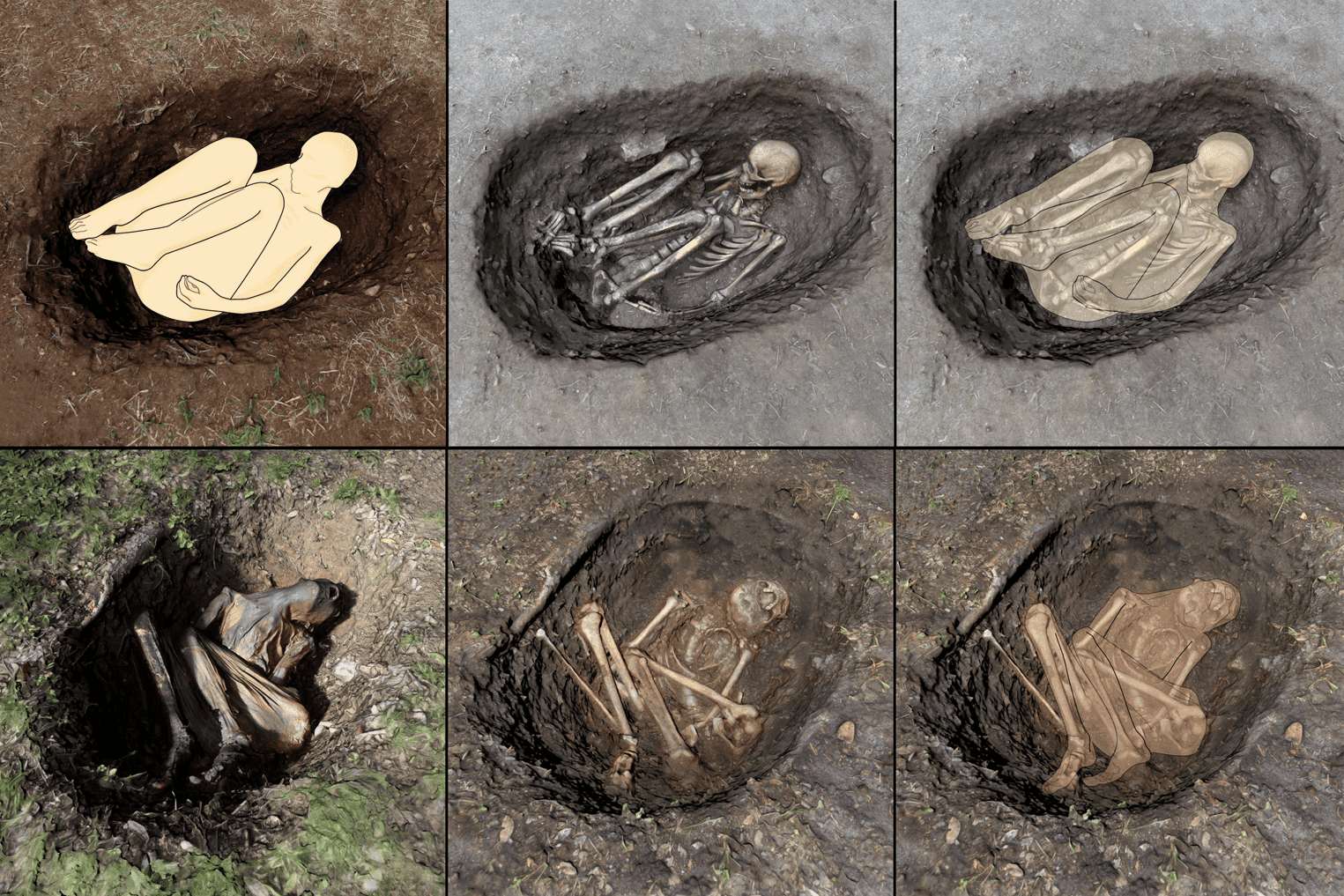According to research based on historical photographs, the bones may have been preserved millennia before the otherwise oldest-known mummies.

According to new research, a group of 8,000-year-old human remains discovered in Portugal’s Sado Valley may be the world’s oldest known mummies.
Researchers were able to recreate possible burial locations based on images taken of 13 remains when they were originally excavated in the 1960s, revealing information on funeral rites employed by European Mesolithic peoples.
The study, published in the European Journal of Archaeology by a team from Uppsala University, Linnaeus University, and the University of Lisbon in Portugal, reveals that people in the Sado Valley were desiccating by mummification.
In, the soft tissue on the bodies is no longer preserved, which makes looking for signs of such preservation challenging. Experts used a method called archaeothanatology to document and analyze the remains, and also looked at the results of decomposition experiments conducted by the Forensic Anthropology Research Facility at Texas State University.

Based on what we know about how the body decomposes, as well as observations about the spatial distribution of the bones, archaeologists made deductions about how the people of the Sado Valley handled the bodies of their dead, which they buried with their knees bent and pressed against the chest.
As the bodies gradually became desiccated, it appears that living humans tightened ropes binding the limbs in place, compressing them into the desired position.
If the bodies were buried in a desiccated state, rather than as fresh corpses, that would explain some of the signs of mummification practices.
There isn’t the disarticulation you would expect in the joints, and the bodies show hyperflexion in the limbs. The way that the sediment gathers around the bones maintained the articulation of the joints and also indicates that the flesh did not decay after burial.

The Sado Valley people may have decided to mummify their deceased for ease of transport to the grave and to help the body keep its form in life after burial.
If European mummification techniques do actually extend back thousands of years beyond what previously thought, it could help us better understand Mesolithic belief systems, particularly those concerning death and burial.
The majority of the world’s remaining mummies are no older than 4,000 years old, while evidence shows that the ancient Egyptians began the process as early as 5,700 years ago.
The bodies of the Chinchorro mummies from coastal Chile, long thought to be the world’s oldest mummies, were purposely preserved some 7,000 years ago by the region’s hunter-gatherers.




